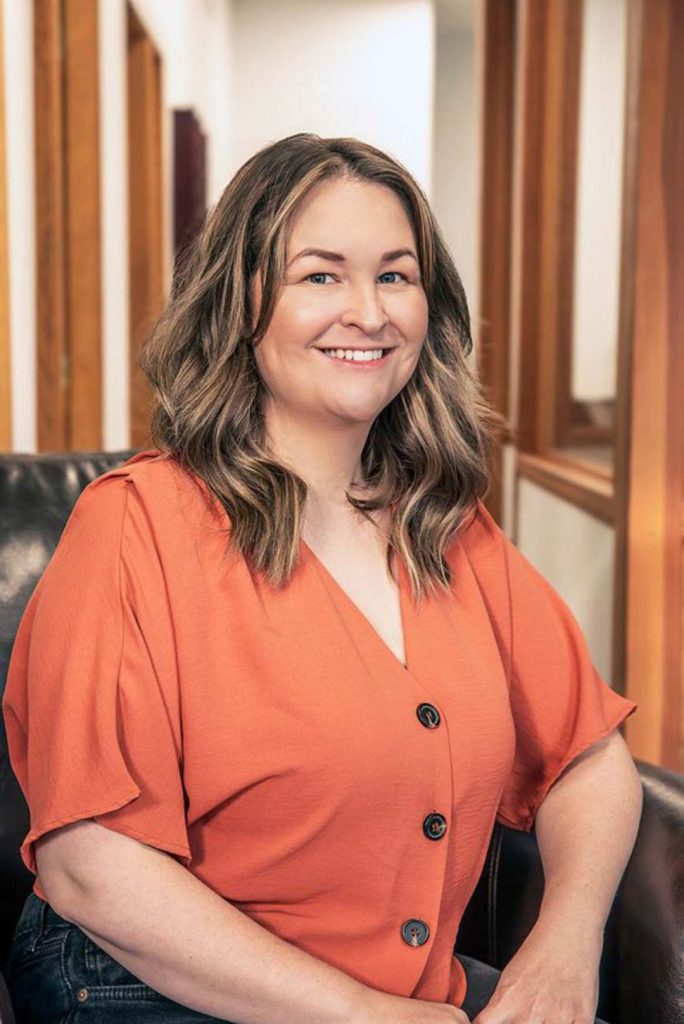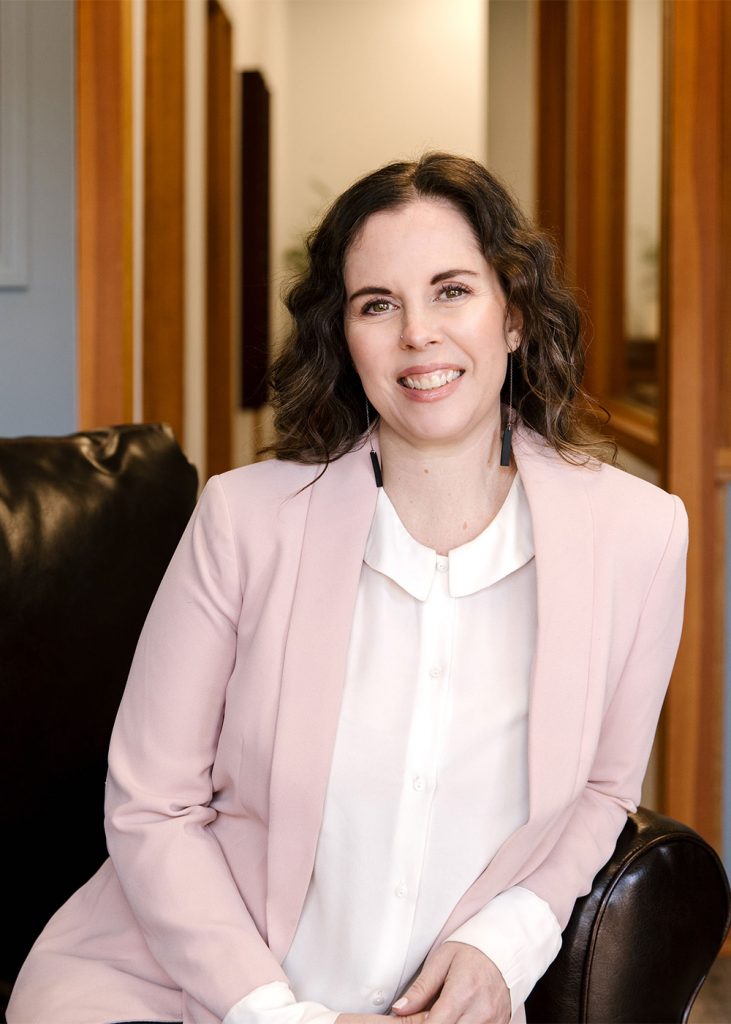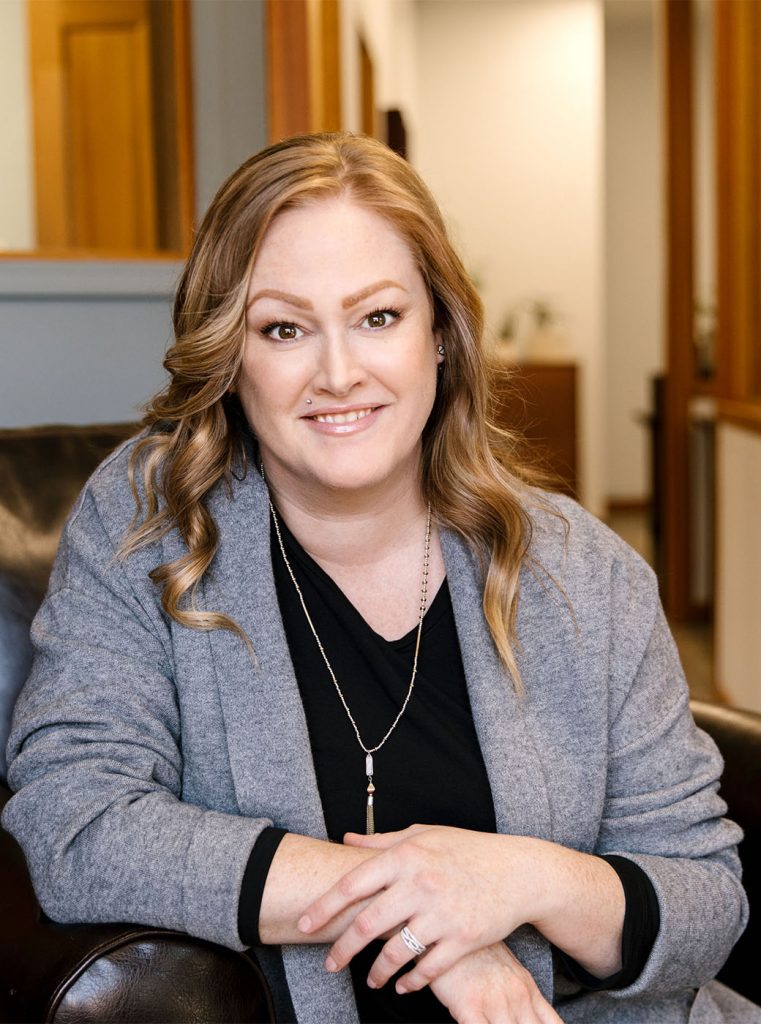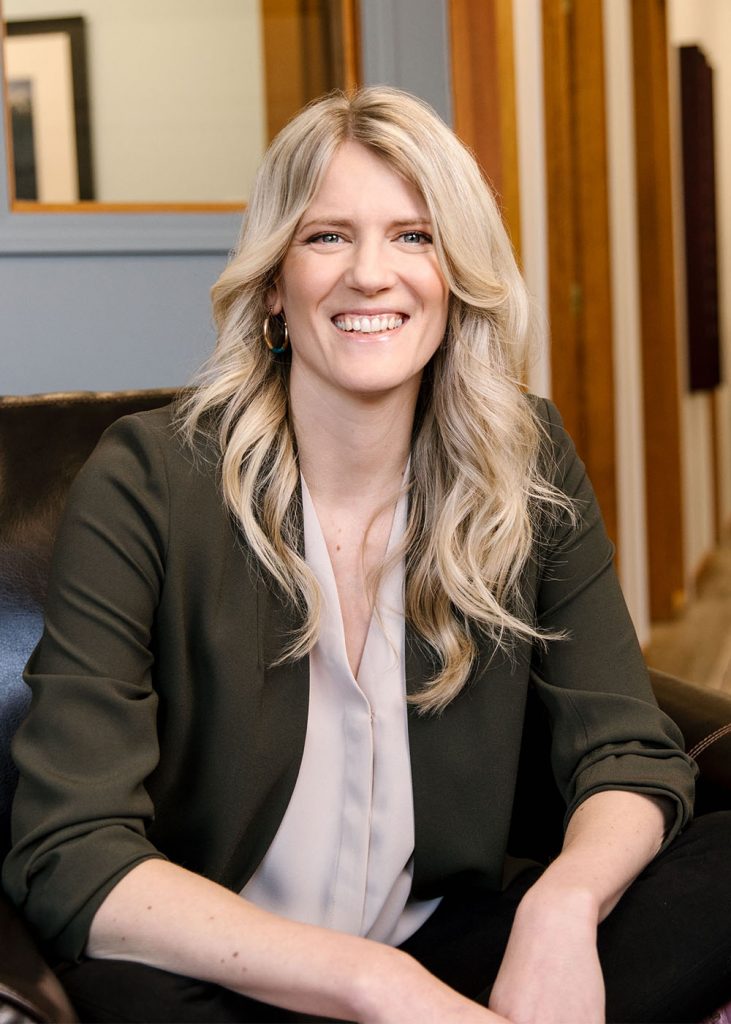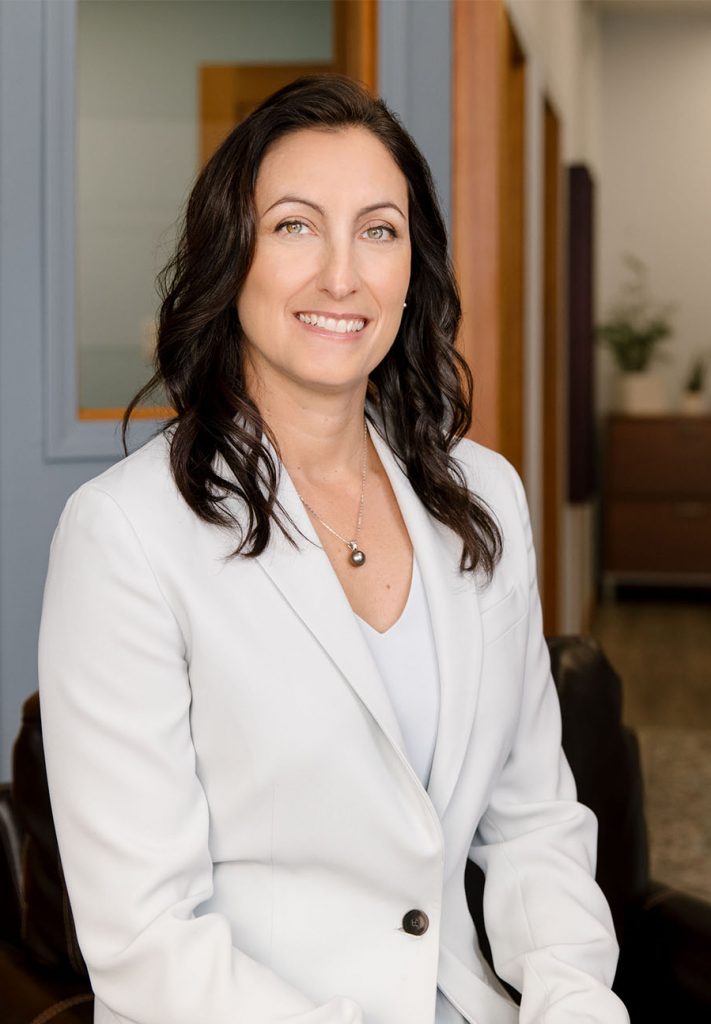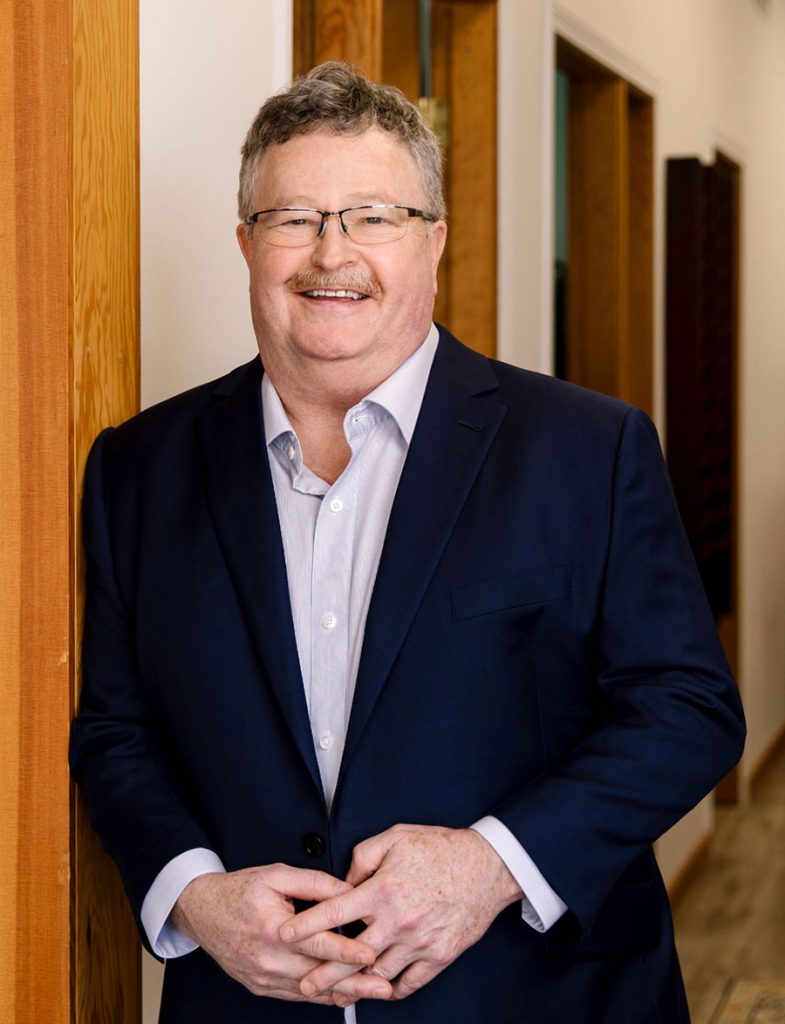When your child was born, you held them in the hospital, overcome with love and joy, and dreamt of all the ways you could provide and care for your little one.
You reflected on all the ways your own parents could provide for you, and all the ways they couldn’t, and you dreamt of how to give all that to your child. You dreamt of seeing their smile and joy when you’d help them achieve milestones as they grew up. You dreamt of a happy child, learning voraciously in a post-secondary institution without the stress of worrying about money.
With that dream in mind, you opened a Registered Education Savings Plan, or RESP, and started contributing to the account. With the advice of your wealth advisor, you made a plan to achieve your goal of helping your child with post-secondary education. A couple years later, you had another baby and you wanted all the same things for them, so they were added as a beneficiary to the Family RESP.
Over the years contributions were made on behalf of both children, the government chipped in grant money, and funds were prudently invested. The RESP continued to grow and compound for almost 20 years.
Your oldest child grew up, has just graduated from high school and has been accepted to attend post-secondary education in the fall. Your youngest is still a couple years away, but they’ve never been fond of classes and they’re considering starting a small business instead.
You decide that it’s time to meet with your wealth planner, and you make a list of questions to find out everything you need to know about withdrawing from the RESP.
What is the difference between a Family RESP and an Individual RESP, and why is it relevant to withdrawals?
A Family RESP has multiple beneficiaries that are family members of the subscriber (children/ grandchildren), and an individual RESP only has one beneficiary.
With Family RESPs, the funds in the account can be distributed in any proportion to any beneficiary, as long as each beneficiary doesn’t receive more than $7,200 in government grants. This is helpful if one beneficiary decides not to attend post-secondary education as funds, with exception to the government grants aligned with the beneficiary, can be distributed to the other beneficiaries.
What are Educational Assistance Payments (EAP) and refund of contributions, and what’s the difference between them?
Unlike RRSP contributions, RESP contributions are not tax deductible. That means that all the funds contributed to the RESP throughout the years have already been subject to income tax, so these contributions are considered after-tax funds. To avoid being taxed again, these funds are recorded by the financial institution as notional figures, referred to as the RESP “history”. When these funds are withdrawn, they are referred to as a “refund of contributions” or “refund of payments”, and these amounts are not taxable receipts.
However, the grants (and bonds, if applicable) that were paid into the account, and the investment income and growth inside the RESP, are amounts that haven’t been subject to tax. These amounts make up the EAP. They are taxable in the hands of the beneficiaries which is a cool income splitting feature of the RESP that isn’t mentioned often. Grants and bonds are also recorded by the financial institution as notional figures in the RESP history. Because investment income and growth isn’t a fixed number, it isn’t recorded until a withdrawal is actually made – but it’s easy to deduce as the difference between the account value, and the contributions-plus-grants.
How do I take funds out of the RESP as EAP or PSE?
Once your child is enrolled at a post-secondary institution, the institution can provide a proof of enrolment or verification of enrolment. This is not the same thing as acceptance – your child needs to be enrolled to take noncapital contribution funds (see below) out of the RESP. You can provide the proof of enrolment to your wealth advisor, along with instructions on how much to take out, and the funds can be sent to your or your child’s bank account, to be put towards education costs.
What can the funds be used for?
There is no restriction on what the funds can be used for, as long as it’s in furtherance of the beneficiary’s education. Many RESP holders are surprised to find out that they can use the money for their student’s housing, tuition, books, or other living expenses (is a beer allowance necessary for a beneficiary’s education? 🤔).
Do I need receipts?
CRA’s position is that no proof of the reasonableness of expenses is required if the EAP withdrawal is below $26,860 (for 2023). So no, you don’t need to submit receipts, most of the time.
Do I need to provide a proof of enrolment for every withdrawal?
After the initial withdrawal, receipts or proof of enrolment are not required however RESP promoters may request proof of enrolment to withdraw EAP.
How much can I take out at a time?
As always, it depends!
There are different rules for the type of withdrawal, if the withdrawal relates to the first 13 weeks of enrollment, and if the beneficiary is a part-time or full-time student.
There are two types of withdrawals that can occur while a RESP beneficiary is a post-secondary student: (1) withdrawal of contributions, or Post-Secondary Education Withdrawal (PSE) as it’s referred to at Wellington-Altus Private Wealth, and (2) Educational Assistance Payments (EAP) which consist of grants, bonds and investment income and growth in the RESP.
Generally, there are no restrictions on how much can be withdrawn as PSE.
For EAP, during the first 13 weeks, part-time students can withdraw up to $4,000 of EAP and full-time students up to $8,000 of EAP. If your child remains enrolled after the first 13 weeks, there is no restriction on annual EAP withdrawals.
Example
Let’s consider an example. A family RESP is worth $100,000 today. $60,000 in contributions and $12,000 in government grants are noted. $60,000 can be paid out tax-free, and $40,000 will be taxable to beneficiaries when paid out, depending on investment performance until the RESP is depleted.
If the EAPs are taxable, does that mean my child will pay tax?
Again, it depends!
Whether a beneficiary pays income tax or not depends on several factors, namely:
- How much was contributed to the RESP
- The investment returns generated in the RESP
- The beneficiary’s marginal tax rate – and whether they have other taxable income such as salary from employment or investment income
- Personal tax credits that reduce taxes otherwise payable – the Basic Personal Amount, Tuition (and Education), etc.
- Whether a plan is in place to withdraw EAPs first, then PSE.
In a perfect world, all children/beneficiaries would attend post-secondary education full-time for four years, graduate and enter the workforce without needing to go back to school.
If we use the same example as above – family RESP worth $100,000 and no further investment returns, each beneficiary would receive $8,000 the first year, and then $14,000 for each of the remaining three years ($100,000 / 2 beneficiaries – $8,000 EAP limit first 13 weeks / 3 years remaining). Assuming 40% of each withdrawal is EAP – $3,200 first year, $5,600 the remaining three years – it is unlikely any beneficiary will have a tax liability, even with summer employment given their respective Federal Basic Personal Amount (approximately $15,000) and Tuition (approximately $6,500) tax credits.
What if my child changes their mind about school, or one of my children decides not to attend post-secondary education?
Keep your wealth planner informed. This significant change will require an update to the RESP withdrawal plan.
In the same RESP example as above, with only one child attending post-secondary education, you might take $10,000 EAP per year ($7,200 grant plus $32,800 investment growth, divided by four years). To the extent the one child not attending post-secondary education has received government grants and they have not been paid out as EAP to date, they will need to be returned.
If your child quits school or is even thinking of quitting school, let your wealth planner know right away – there may be several opportunities to split the income between calendar years, use RRSP’s or tuition credits to offset income, switch withdrawals to another child, or even move funds into your own RRSP. Again, the only caveat is that for the child not attending post-secondary education, their government grants not paid out as EAP to date, will have to be returned.
What are some easy-to-avoid mistakes when withdrawing from an RESP?
Let your wealth planner know right away when your child/beneficiary will be attending post-secondary education. Some parents are so good with their money that they don’t need to withdraw from the RESP for several years – but, given the need to withdraw EAPs for the beneficiary during (or within 6 months of ceasing) post-secondary enrollment, don’t delay in drafting a plan with your wealth advisor on how to drawdown the RESP efficiently.
The information contained herein has been provided for illustrative purposes only. The information does not provide financial, legal, tax or investment advice. Investors should seek professional financial advice regarding the appropriateness of investing in any investment strategy or security and no financial decisions should be made on the basis of the information provided in this document. Wellington-Altus Private Wealth (“WAPW”) does not assume any liability for any loss that may result from the reliance by any person upon any such information or opinions. WAPW is a member of the Canadian Investor Protection Fund and is regulated by the Investment Industry Regulatory Organization of Canada.
© 2023, Wellington-Altus Private Wealth Inc.
ALL RIGHTS RESERVED. NO USE OR REPRODUCTION WITHOUT PERMISSION.



